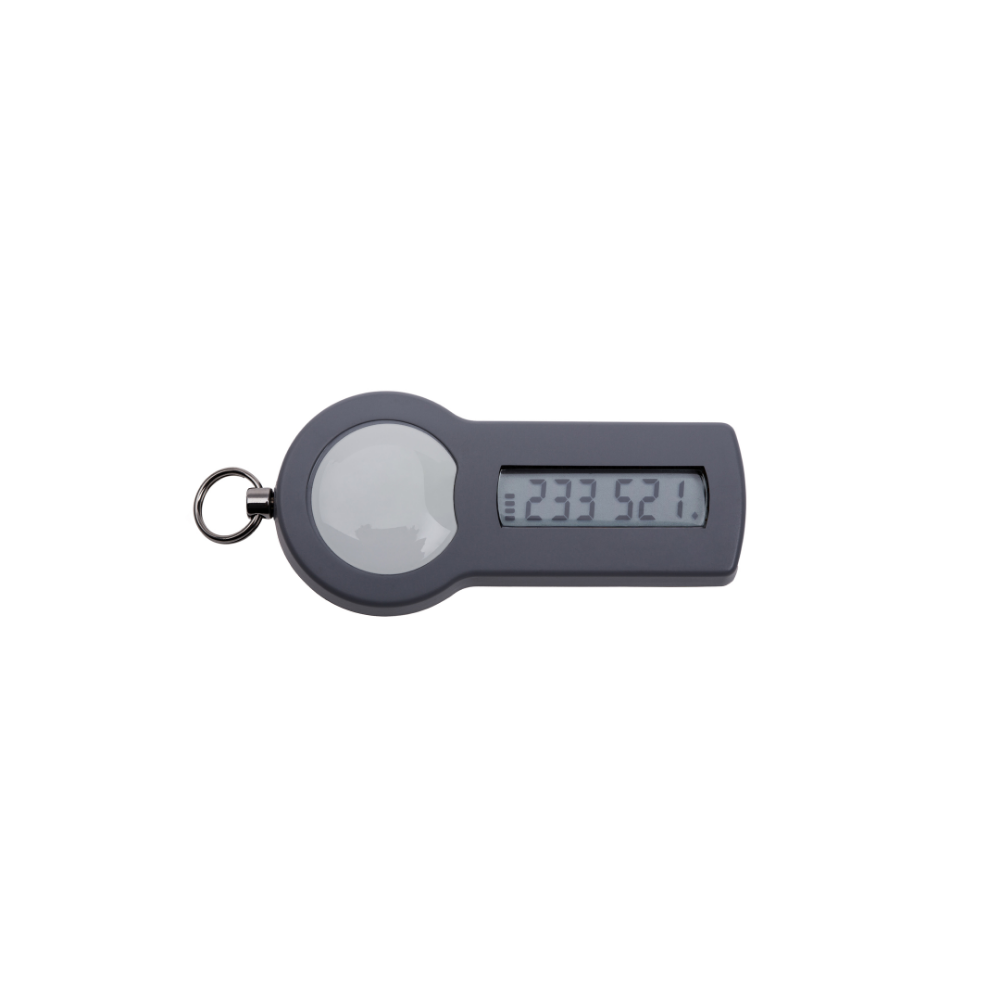What Is Network Security?
Network security is the practice of protecting computer networks from unauthorized access, cyber threats, and data breaches through a combination of...
5 min read
 Adrian Ghira
:
Sep 28, 2020 9:35:08 AM
Adrian Ghira
:
Sep 28, 2020 9:35:08 AM

In today's digital-first world, your business data is one of your most valuable assets-and cybercriminals know it. Whether you run a growing startup or a well-established company, network security threats are a constant risk. From stolen data and system outages to reputational damage, one attack can derail your operations overnight.
The scary part? Nearly half of all cyber attacks target small to mid-sized businesses. Even more alarming, over 60% of these businesses shut down within six months of a breach.
But here's the good news: knowing what you're up against is the first step toward protecting your business. In this guide, we'll explore the most common network threats, the real cost of being unprepared, and how professional network security services can help you safeguard your systems before it's too late.
A network security threat is any attempt to gain unauthorized access to your business's systems with the intent to disrupt, damage, or steal data. These threats are categorized as either:
Passive attacks: where hackers quietly observe or collect data without altering it.
Active attacks: where attackers compromise, manipulate, or destroy data.
Both can lead to devastating consequences. The more connected your business is, the more you need to stay informed and protected.
Understanding the types of threats your business may face is the first step toward building a secure network. Here are seven of the most common and dangerous network security threats that organizations should be prepared to handle:
This occurs when someone gains entry to your network or systems without proper credentials. It often results from weak or reused passwords, outdated security settings, or unsecured Wi-Fi networks. Once inside, an attacker can monitor traffic, extract data, install malicious software, or manipulate system settings. Regular access reviews, multi-factor authentication, and password policies are essential to prevent unauthorized entry.
In a MITM attack, a cybercriminal secretly intercepts and potentially alters communications between two unsuspecting parties. This can happen over public Wi-Fi, unsecured websites, or even through compromised devices. The attacker may steal login credentials, redirect payments, or manipulate information being exchanged. Encryption protocols like HTTPS and the use of VPNs can help secure data during transmission.
A DoS attack floods your network or systems with excessive traffic, causing them to slow down or crash entirely. In some cases, attackers use multiple compromised systems in a coordinated Distributed Denial of Service (DDoS) attack. This type of threat can cripple business operations, making websites and services unavailable to users. Implementing load balancers, firewalls, and monitoring tools can reduce the impact of DoS attacks.
Once attackers gain access to your network, they often attempt to increase their privileges to access sensitive data or perform system-level actions. This is known as privilege escalation and typically involves exploiting software bugs, misconfigured permissions, or credential reuse. If successful, a low-level breach can quickly turn into a full-scale compromise. Regular patching and access audits can help minimize these risks.
These attacks exploit vulnerabilities in your applications-especially web forms or input fields-by injecting malicious code that the system executes. With SQL injection, for example, an attacker can manipulate database queries to extract or modify data they should not have access to. This technique is commonly used to steal personal, financial, or business information. Proper input validation and secure coding practices are key to defending against these attacks.
Not all threats come from outside your organization. Insider threats occur when employees, contractors, or vendors with legitimate access misuse their privileges-either maliciously or unintentionally. This can involve leaking sensitive information, installing unapproved software, or falling for phishing scams. Implementing strict access controls, monitoring tools, and regular employee training helps reduce the likelihood and impact of insider attacks.
These attacks rely on human psychology rather than technical vulnerabilities. Cybercriminals send emails, texts, or messages that appear legitimate to trick employees into sharing passwords, clicking malicious links, or downloading infected files. Social engineering tactics are constantly evolving and can easily bypass even strong technical defenses. Ongoing awareness training and email filtering solutions are critical to stopping these attacks before they succeed.
A successful cyber attack can cost more than just lost data. It can drain your resources, ruin your reputation, and shut your doors for good.
The average cost of a data breach globally is $4.45 million.
Small businesses spend an average of $200,000 recovering from an attack.
Downtime from network issues can cost hundreds to thousands of dollars per hour.
Beyond direct financial loss, businesses also risk customer trust and future growth if they're seen as insecure or unprepared.
Protecting your business doesn't have to be overwhelming. With the right systems and awareness in place, you can dramatically reduce the likelihood of falling victim to cyber attacks. Here are the most effective ways to strengthen your security posture:
Weak or reused passwords are one of the easiest ways attackers gain access. Implement password policies that require long, complex combinations of letters, numbers, and symbols. Encourage the use of password managers to reduce reliance on memory and avoid repetition across platforms. Enforce regular password changes and add two-factor authentication (2FA) wherever possible to create a strong barrier against unauthorized access.
Employees are often the weakest link in cybersecurity - not due to malice, but a lack of awareness. Provide ongoing training that teaches staff how to identify phishing attempts, avoid unsafe downloads, and follow proper data handling procedures. Include simulations and refreshers every few months. A well-informed team is one of your best defenses against both external and internal threats.
Cyber threats don't follow business hours. Invest in real-time network monitoring tools or partner with a provider who offers 24/7 oversight. These systems can flag suspicious activity, failed login attempts, or unusual file transfers before a full-scale attack occurs. Many small businesses rely on managed security services to provide this level of continuous protection.
Firewalls control incoming and outgoing network traffic, blocking unauthorized access attempts, while anti-malware tools help detect and eliminate malicious software before it causes damage. Keep both up to date with the latest threat definitions and patches. Consider deploying next-generation firewalls that provide deeper inspection and application-layer filtering.
No matter how strong your defenses are, breaches can still happen. Regular backups ensure that even if your data is compromised, your business doesn't grind to a halt. Use a combination of on-site and cloud-based backup solutions with automated schedules, version history, and encryption. Test your recovery process regularly to make sure backups can be restored quickly in an emergency.
Not every employee needs access to every file or system. Implement role-based access controls (RBAC) so individuals can only reach the data necessary for their job. Regularly audit permissions, especially when staff change roles or leave the company. This reduces the risk of both accidental data exposure and intentional misuse.
If you don't have a full-time IT security team, working with a managed IT services provider (MSP) is one of the smartest moves you can make. An MSP offers expert-level network security services including threat monitoring, patch management, vulnerability scanning, and incident response. They stay ahead of the latest cybersecurity trends so you can stay focused on growing your business without constantly worrying about your defenses.
Network security threats are more than just technical headaches-they're business killers. But with the right knowledge, tools, and support, you can defend your data, protect your customers, and keep your operations running strong.
Ready to reduce your risk and gain peace of mind? Contact GAM Tech today to learn how our managed IT services can secure your network and support your growth.
Network security is the practice of protecting your digital systems, data, and infrastructure from unauthorized access, misuse, or cyberattacks. It includes tools like firewalls, encryption, access controls, and monitoring to keep networks secure and functioning properly.
Network security is important because it safeguards sensitive business data, prevents financial loss, and reduces the risk of costly downtime. Without it, your systems are vulnerable to breaches that can damage your reputation and disrupt operations.
Authentication ensures that only authorized users can access your systems or data. It verifies user identity through passwords, biometrics, or multi-factor authentication, helping prevent unauthorized access and maintaining data integrity.
Common threats include phishing scams, malware, denial of service (DoS) attacks, insider threats, unauthorized access, privilege escalation, and man-in-the-middle attacks. Each targets different vulnerabilities in a network and can cause serious disruption or data loss.
Businesses can reduce risk by using strong passwords, installing firewalls and anti-malware software, segmenting networks, training employees on cybersecurity best practices, and working with professional network security service providers to stay ahead of evolving threats.

Network security is the practice of protecting computer networks from unauthorized access, cyber threats, and data breaches through a combination of...

What Is Multi-Factor Authentication: A Small Business Guide There's much more than passwords at risk when you think about cybercrime today: your...

Calgary, a thriving hub of economic growth and innovation, boasts a dynamic business environment that fosters entrepreneurial spirit. However, this...